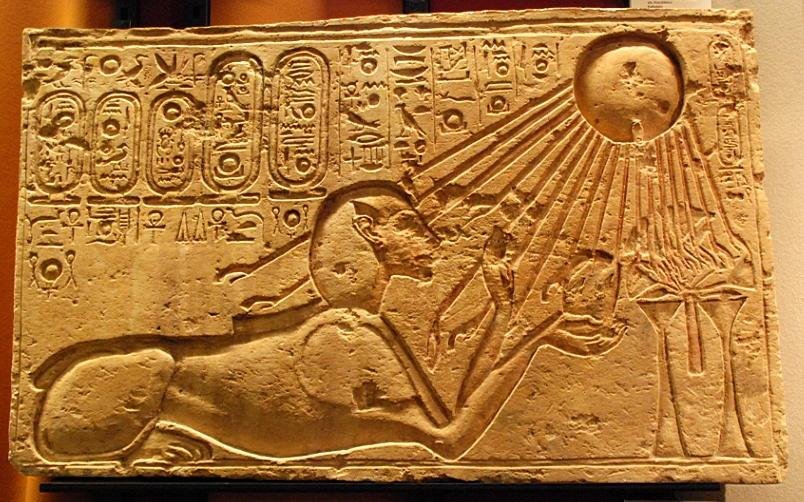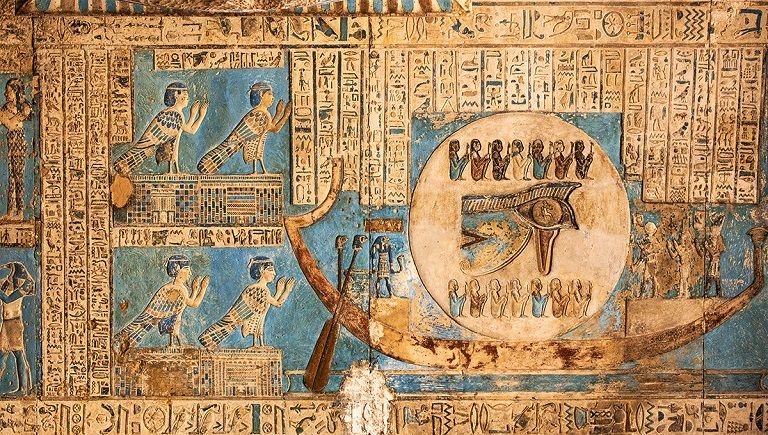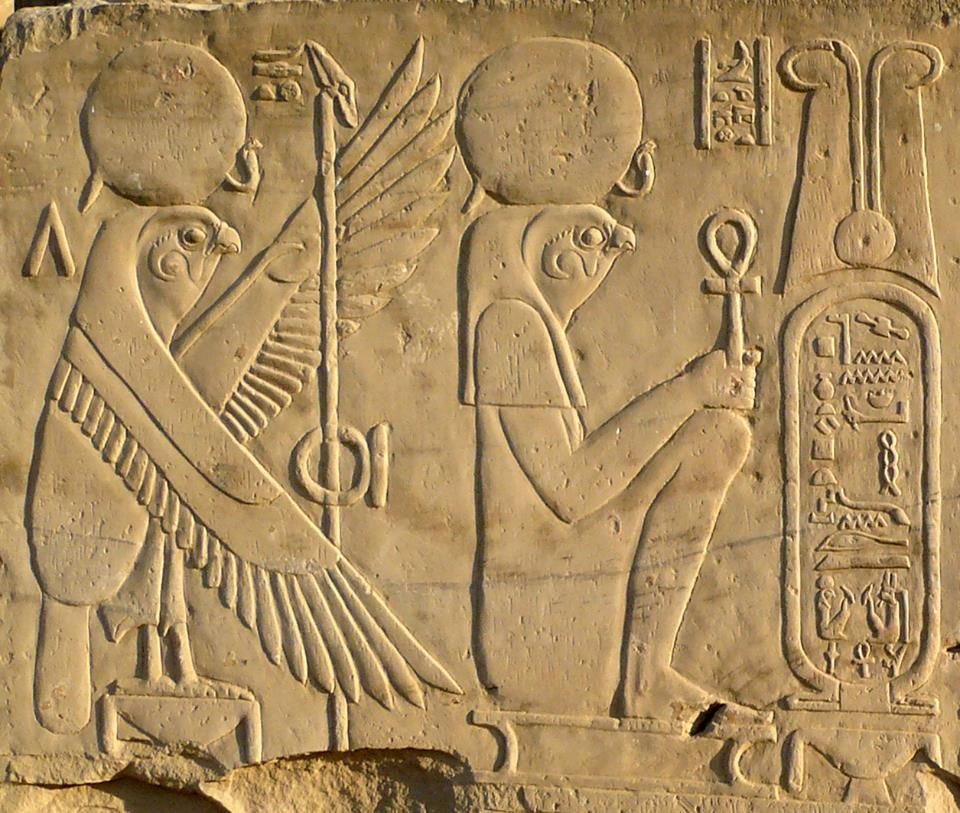Lucky Symbols of Ancient Egypt

Egypt is one of the greatest civilizations of the ancient age. Five important luck symbols of Egypt have reached until today.
What are these three important symbols?

1- SPHINX
In Ancient Egypt and Greek mythology, Sphinx is an unreal creature in the form of a lion with a human head. Sphinx is believed to be a force to protect people against evil. The statues of the sphinx have been sculpted in front of Egyptian temples. These sphinxes symbolize kings and gods. The most famous one of the Sphinxes is Giza on the banks of the River Nile. Giza sphinx looks to the east and there is a temple between the paws.
2- BAST
Generally, Bast is portrayed as a black cat. According to ancient Egyptian mythology, Bast was believed to protect the house and family from evil forces. Nowadays, the object is used both for protection and good luck.

3- EYE OF HORUS
The eye of Horus is a charm that has been used to protect from the evil eye in ancient Egypt. According to this belief, Horus is the child of Osiris and Isis. The mother, father, and child are represented by the triangle. The triangle also symbolizes the universe. There are number one and number three based on genesis. For this reason, number one and number three are sacred in ancient Egypt. The eye of Horus consists of placing the point (which is the symbol of one) into the triangle (which is the symbol of three). At present, the eye of Horus is used as a good luck object. The eye of Horus is a very preferable figure of jewelry and other accessories.

4-SCARAB
This is the most popular talisman in Egypt. Scarab is used in three different terms in the tradition of the Egyptians.
1- Scarab is the Khepri form of Ra and with this meaning, it represents the cosmic creation of the universe.
2- If Scarab is used with the sun symbolizes the relationship between itself and the Sirius system which manages and gives life to it.
3- Scarab which is associated with the beyond death symbolizes reincarnation.

5- ANKH
To the ancient Egyptians, the ankh symbol -- a hieroglyph - meant 'Life'. Egyptologists still puzzle over the precise origin of this sign from the ancient world. The Ankh is a fascinating hybrid of two nearly universal symbols, ones found in many cultures all over the world, the cross, and the circle. The shape of the ankh suggests the sunrise, with the loop depicting the sun rising over the horizon, symbolized by the crossbar, with the vertical line representing the path of the sun.
When the Egyptian era was eclipsed by the Christians in the Middle East, the pagan ankh was adopted by the Egyptian Copts as their unique crux ansata (cross with a handle). It became the crucifix symbol in the Coptic Church, representing the hope of future life and resurrection, and at the same time acknowledging the link to previous religions and beliefs of Egypt. In later years, it came to be known as the Egyptian Cross and the 'key of life', its key-like shape inspiring the belief that it could unlock the gates of death.
We have some clues in the left photo from the temple of Amun-Re at Karnak. The three symbols that are repeated emblazon lots of temples, tomb walls, and texts on papyrus rolls.
The cross with the loop on top was called Ankh, and it embodied the force of life. The crooked staff to its left stood for Was, which meant well-being. The pillar to the Ankh's right, with the rings at the top, symbolized Djet, which meant eternity.
All three comprised a dream team of what ancient Egyptians aspired for. These symbols are often repeated many times in hieroglyphic writings. They were often used in magical formulas, which priests read or chanted.
Beauty was a key aspect of these formulas. The hieroglyphs in the photo are finely proportioned. Their spacing is equally elegant. Back in the day, they were painted in bright colors. Ankh - ancient Egyptian hieroglyphic character meaning "key of life".




Leave a Comment